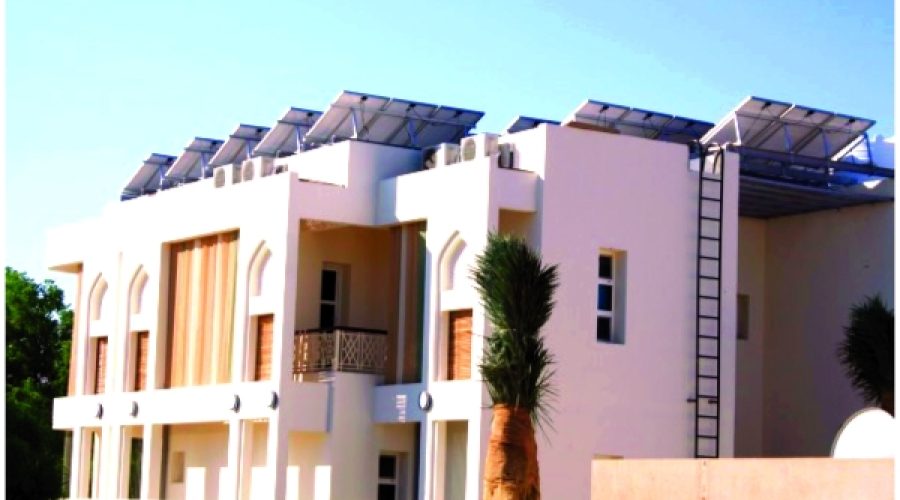Decarbonisation of Oman’s Housing Sector: Implications for Investors and Business Owners in Sustainable Development
MUSCAT: A series of research initiatives aimed at promoting the adoption of renewable energy, sustainable energy usage, decarbonisation, and green hydrogen uptake have been announced as part of Oman’s energy transition strategy. These projects are funded by the Ministry of Higher Education, Research and Innovation (MoHERI) and Sultan Qaboos University (SQU), among other entities.
One notable project is spearheaded by the Oman Hydrogen Centre (OHC), an International Competence Hub established at GUtech that focuses on research, technology, education, economics, and industrial applications. This particular initiative, led by Dr. Saleh Al Saadi, Principal Investigator from SQU, aims to decarbonise Oman’s residential sector. Dr. Hayder Khan serves as Co-Principal Investigator, while Dr. Sausan Al Riyami, also the Director of OHC, contributes as Co-Investigator.
According to OHC, the decarbonisation of the housing sector is essential for achieving Oman’s Net Zero targets. Data from the Authority for Public Services Regulation (APSR) indicates that this sector is responsible for approximately 80% of total power consumption. With the power generation sector contributing around 19% of national carbon emissions, integrating sustainable energy solutions and innovative building designs is crucial for enhancing energy efficiency.
"This innovative research project will focus on developing sustainable design guidelines suited to Oman’s climate. The emphasis will be on energy efficiency, solar energy integration, and green hydrogen storage, ultimately creating a framework for decarbonising residential buildings," the Centre stated.
The initiative will leverage insights gained from two significant pilot projects established at SQU. One of these is the Hybrid Station, a facility within SQU’s Sustainable Energy Research Center, which combines multiple energy sources into a standalone microgrid. This advanced station features a 5 kW methanol-reformed fuel cell, a 5 kW photovoltaic (PV) system, and a 6 kW diesel generator, all managed by a smart microgrid system capable of supporting up to 15 kW.
The second pilot project is an Eco-house located on the SQU campus, designed as a sustainable living model. This two-story villa, with a built-up area of 279.32 m², is equipped with a rooftop PV system that generates around 20 kW of peak power, fulfilling immediate energy demands and feeding surplus energy back into the grid.
As part of this research, the OHC aims to "break new ground in the development of off-grid, net-zero energy housing across four distinct climatic zones" in Oman. The study will include a comprehensive analysis of energy consumption patterns in residential buildings nationwide, investigating energy-efficient technologies along with the integration of solar power and green hydrogen for the creation of off-grid, net-zero energy homes.
A major aspect of the study will be the development of sustainable design guidelines that encompass both passive strategies—such as construction materials, building envelope design, shading, and fenestration systems—and active strategies that incorporate energy-efficient air conditioning and lighting systems. The evaluation of possible solar power generation and hydrogen storage options will also be integral to the research.
“The findings from this pioneering research will provide invaluable insights for architects, engineers, policymakers, and developers committed to advancing sustainable, energy-independent housing solutions in Oman,” OHC concluded.
Special Analysis by Omanet | Navigate Oman’s Market
The recent initiatives to promote renewable energy and sustainable housing signify a transformative shift for businesses in Oman, opening up vast opportunities in green technology and construction. As the residential sector accounts for 80% of power consumption, there’s a clear call for innovation, encouraging smart investors to explore partnerships in the development of energy-efficient designs and technologies. However, businesses must remain vigilant to the risks associated with rapid adaptation, including regulatory compliance and the need for workforce upskilling to meet the demands of this evolving landscape.



